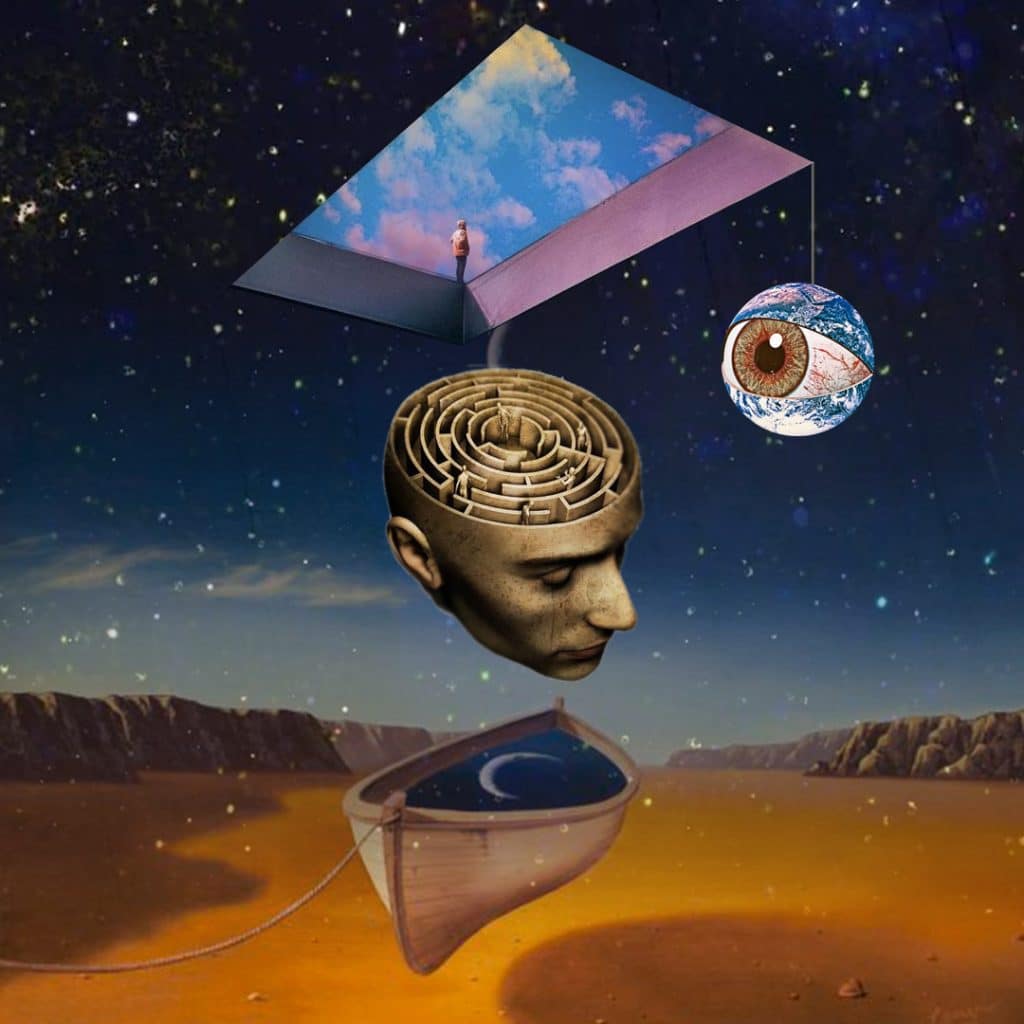Negotiating Random Intricacies
The distinction between science and art has always been ambiguous. As we delve deeper into both disciplines, their distinctions often blur, evolving in response to societal shifts and technological advancements. This fluidity highlights the shared creativity inherent in scientific inquiry and artistic expression and emphasizes the value of interdisciplinary approaches in fostering innovation. Ultimately, embracing this intersection enriches our understanding of the world, allowing us to appreciate the unique insights that emerge when science and art converge.
Alighiero Boetti is a contemporary Italian artist who is highly representative. Various platforms, including algorithmic processes, can execute his works effectively. His works, which often feature intricate patterns and vibrant colors, testify to his mastery over various platforms, from textiles to installations. By incorporating algorithmic processes into his artistic practice, Boetti redefined the artist’s role and invited viewers to engage with the complexities of creation and authorship. Through this unique synthesis of technique and philosophy, he has left an indelible mark on the art world, encouraging a dialogue that inspires new generations of artists and enthusiasts.Consider this instance of his work: “Alternando da uno a cento e viceversa”: Changing from one to one hundred and back again—a classic “mathematical” work by Boetti based on numerical progression: On the chessboard embroidered on top of the two twin tapestries, the black and white squares switch places, increasing their number from one to one hundred, so the progression can also be seen going the other way. This work adheres to strict formal regulations yet allows numerous variations within its framework. Boetti’s “Changing from one to one hundred and back again” is not merely an exploration of numerical progression but a profound commentary on the balance between structure and creativity. The artwork shows the journey from a single number to one hundred through the intricate design of a chessboard embroidered onto two tapestries. It does its job by showing the beauty of mathematical order and the possibility for different interpretations within a rigid framework. While it adheres to strict formal regulations, Boetti’s work invites viewers to appreciate the myriad variations within clearly defined boundaries, showcasing how precision can coexist with creativity. In doing so, it challenges us to rethink our understanding of art as either fixed or fluid, ultimately suggesting that true mastery lies in navigating this dynamic interplay between constraint and possibility.
Consequently, when we examine the integration of our concepts and disciplines for a more cohesive approach to learning or problem-solving, we see how the principles of computational thinking navigate mazes of arbitrary complexity. These principles empower individuals to break down intricate problems into manageable parts, fostering a more profound understanding and innovative solutions. By applying these strategies, learners can enhance their critical thinking skills and adapt to challenges across various fields.



